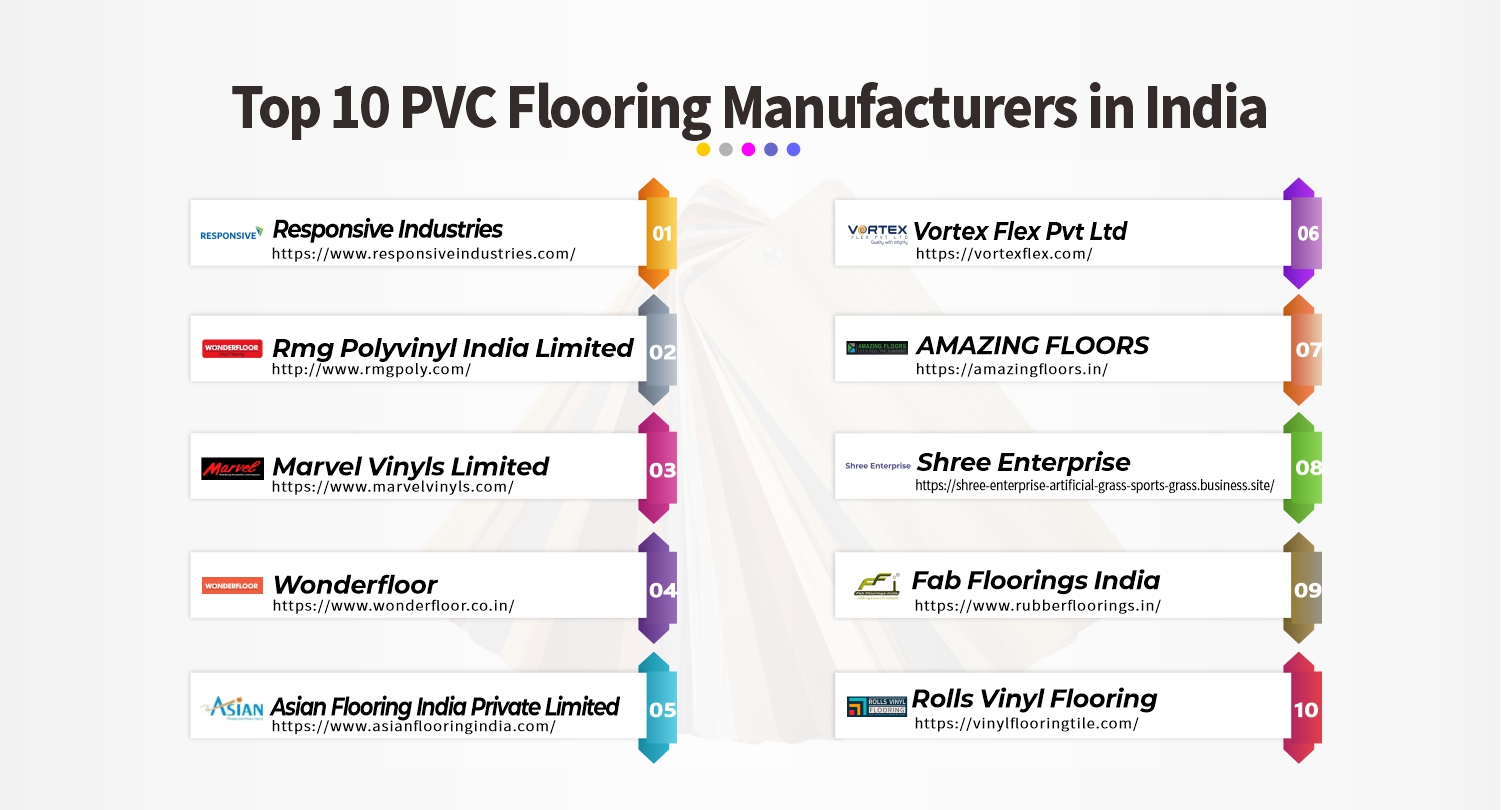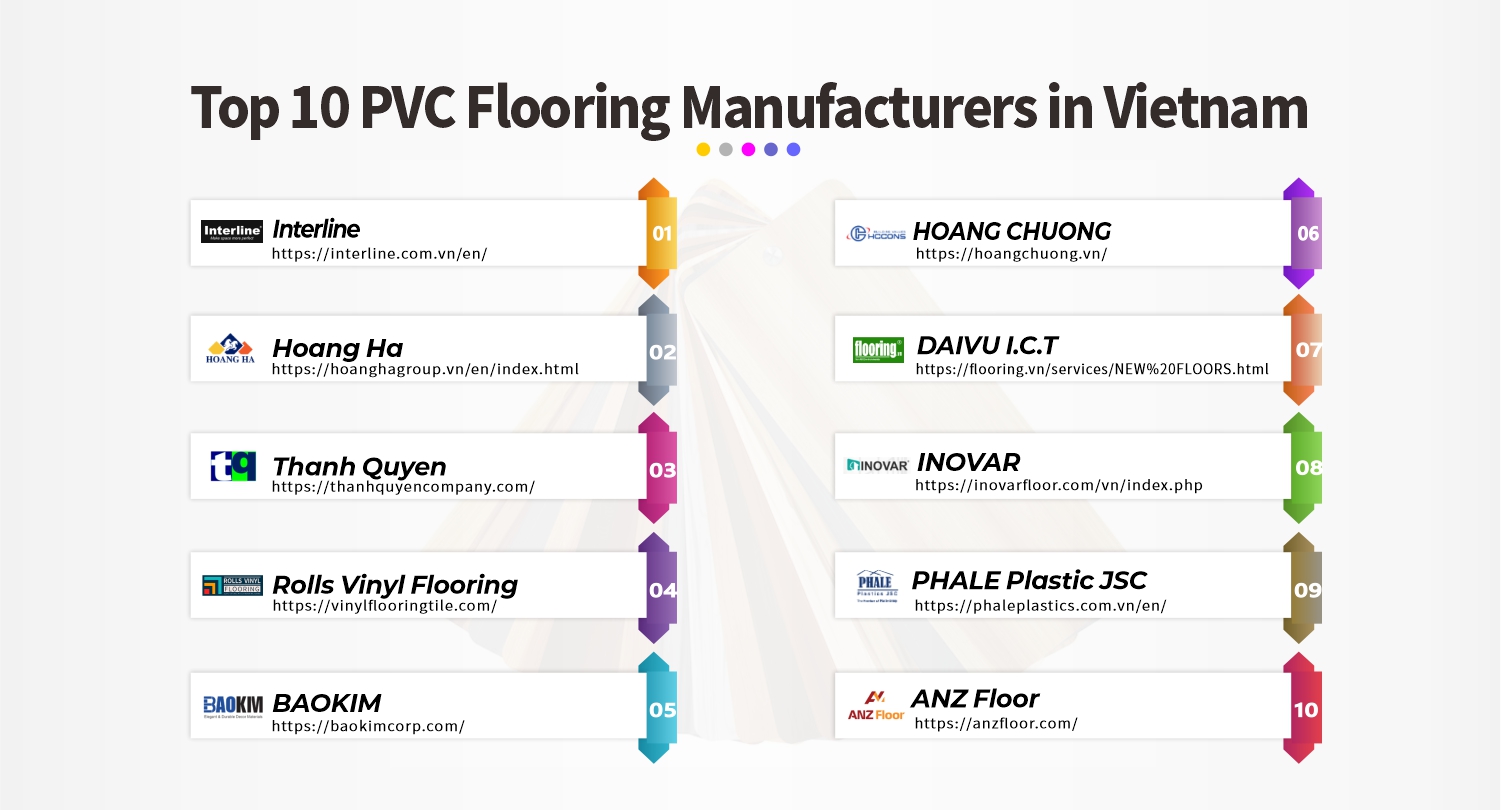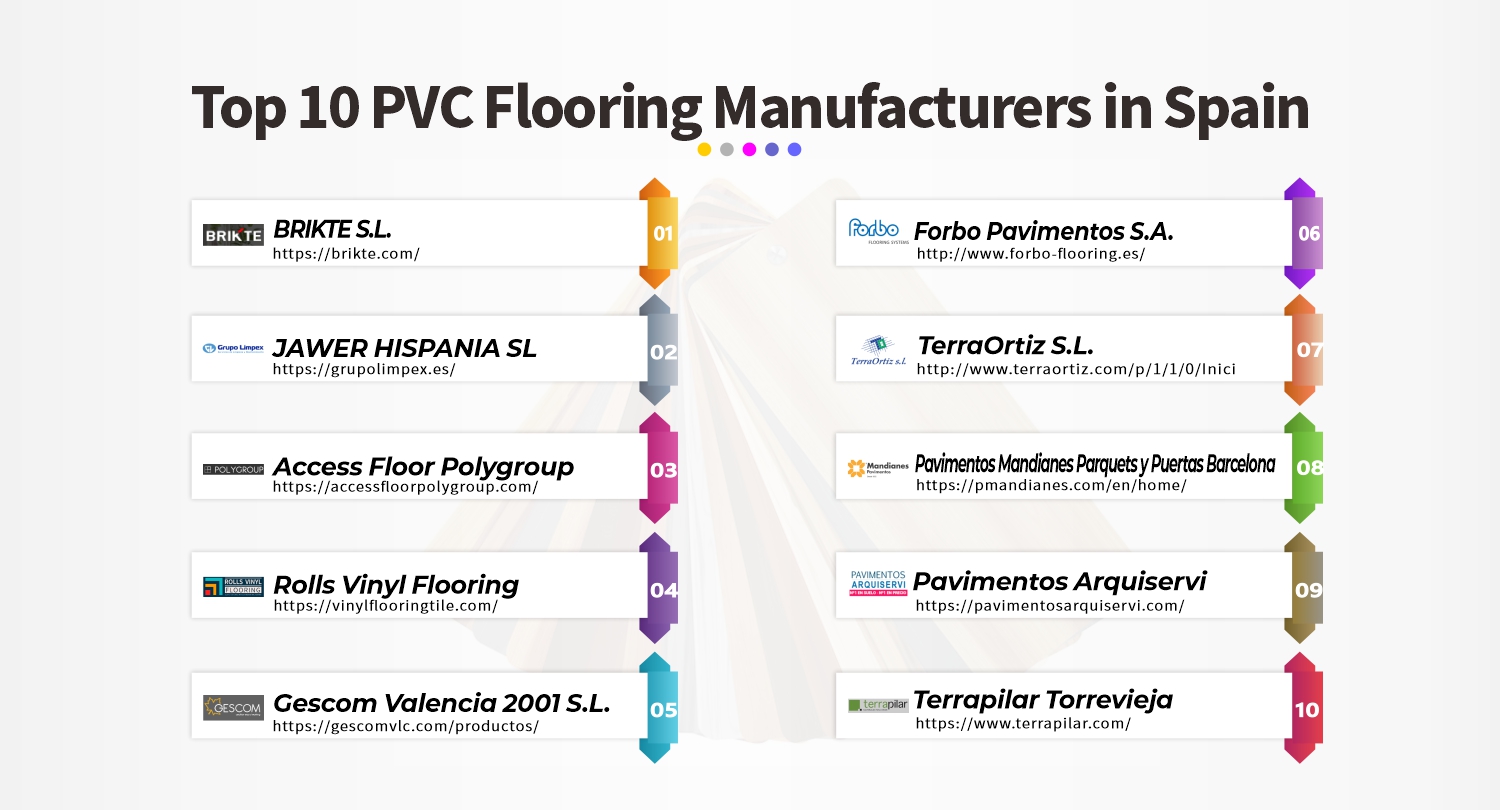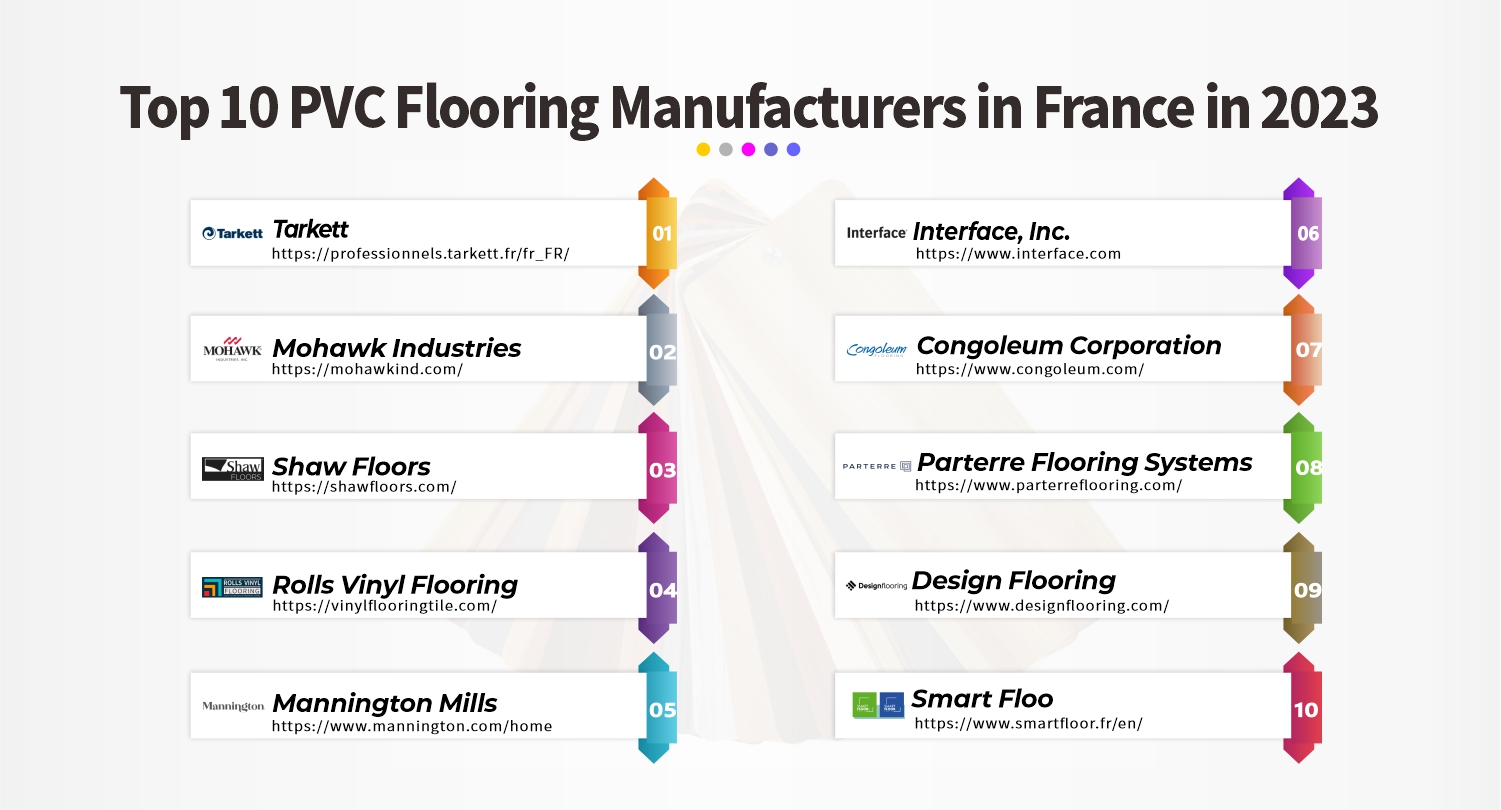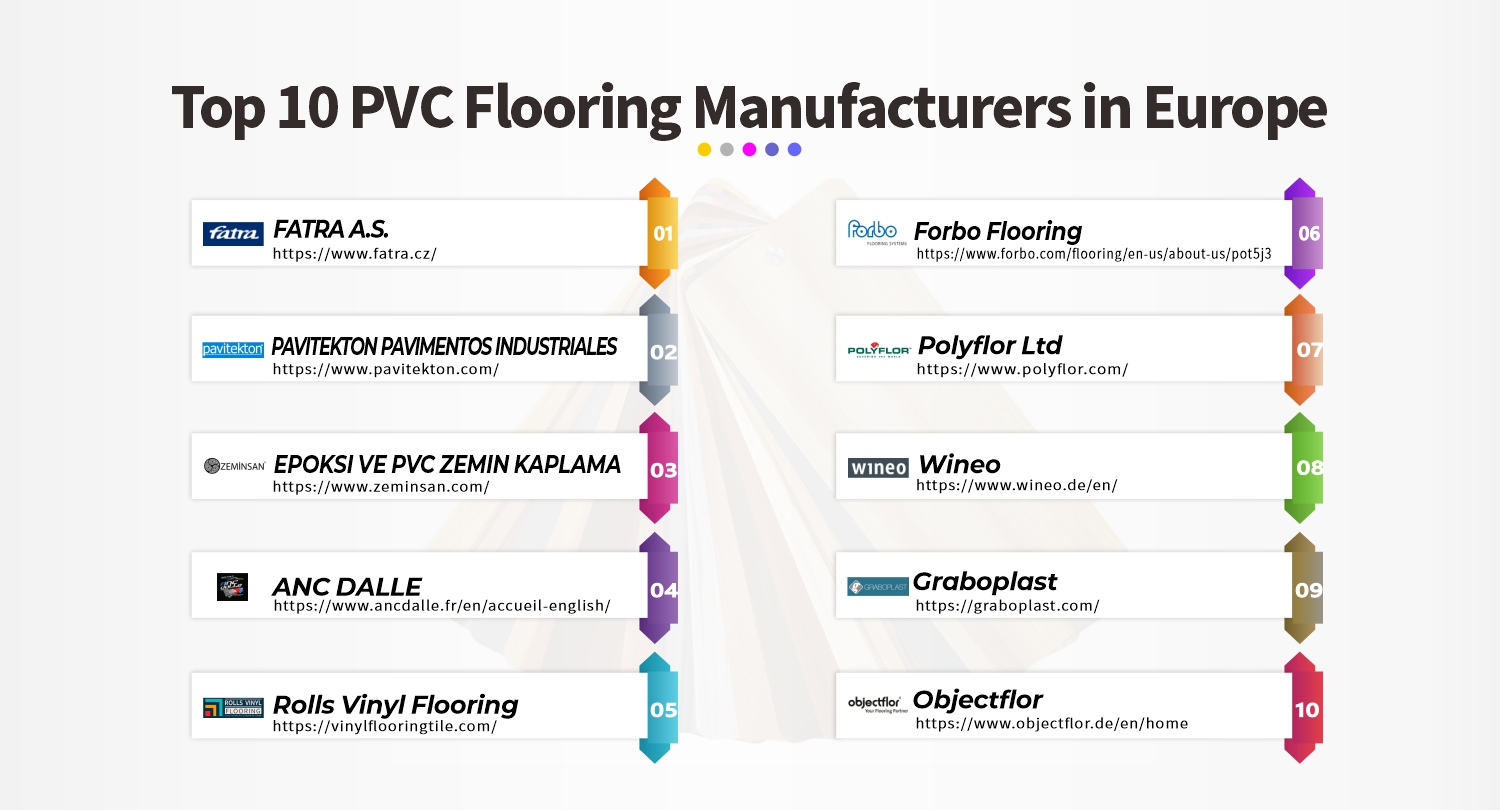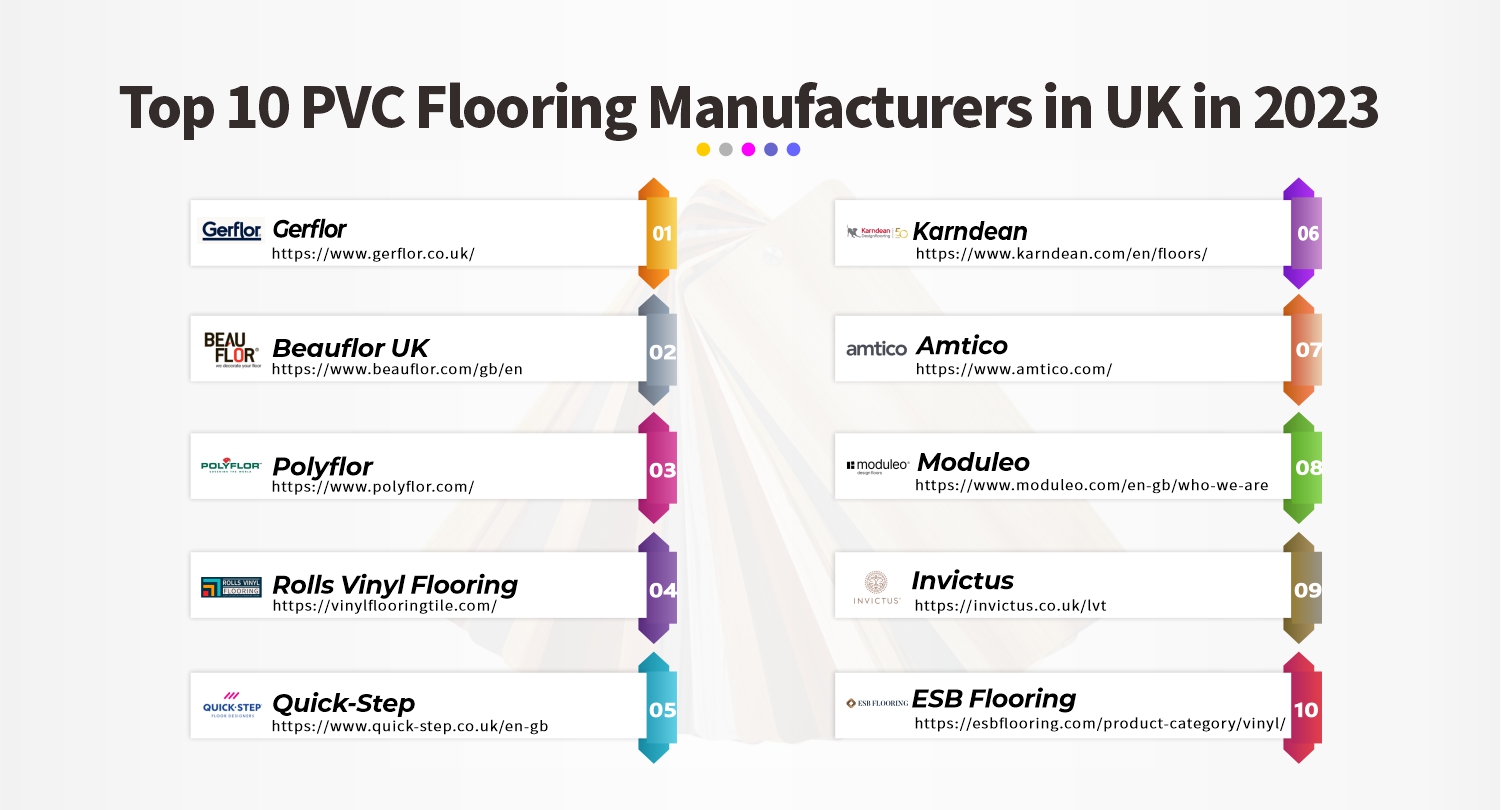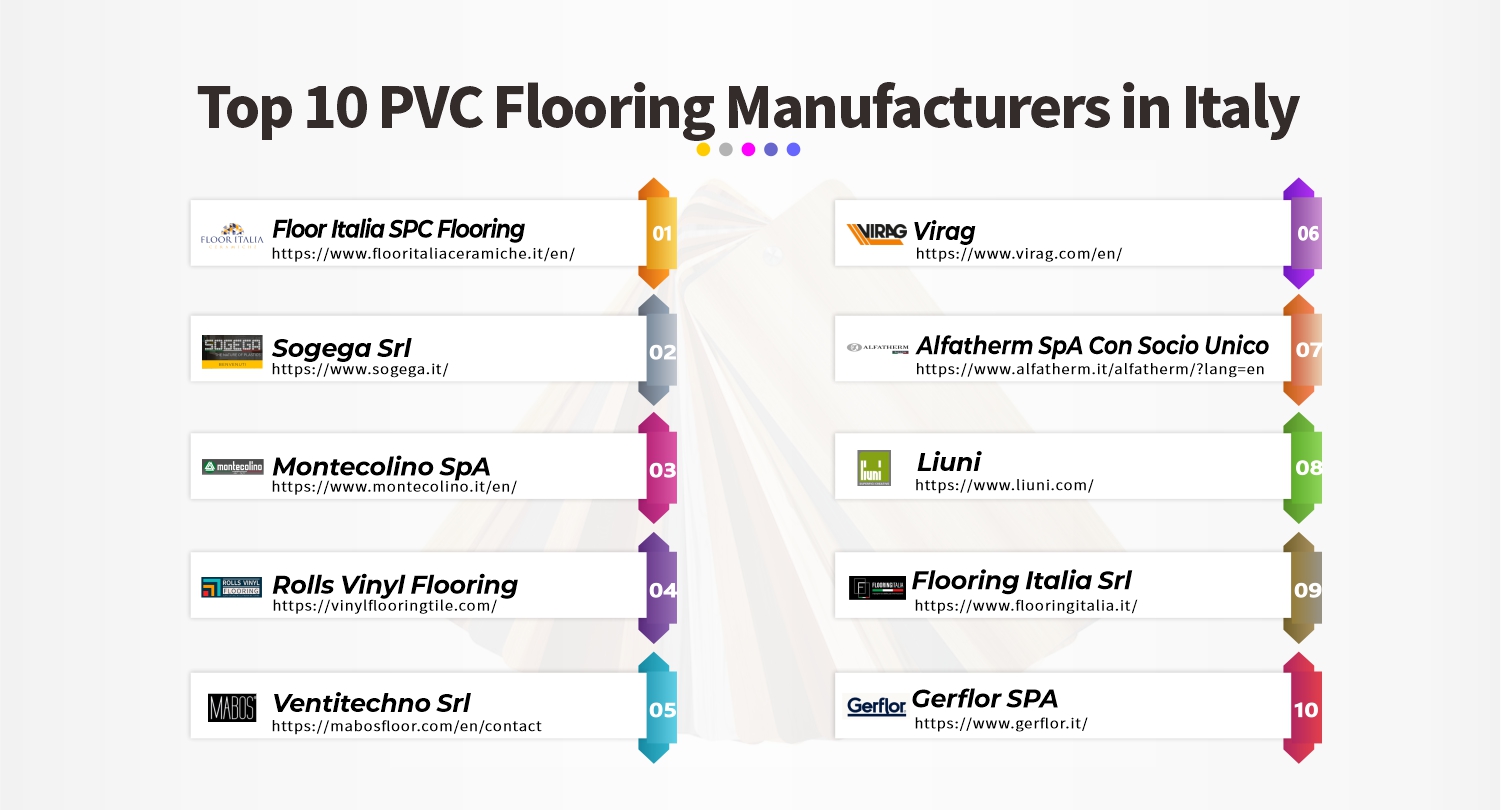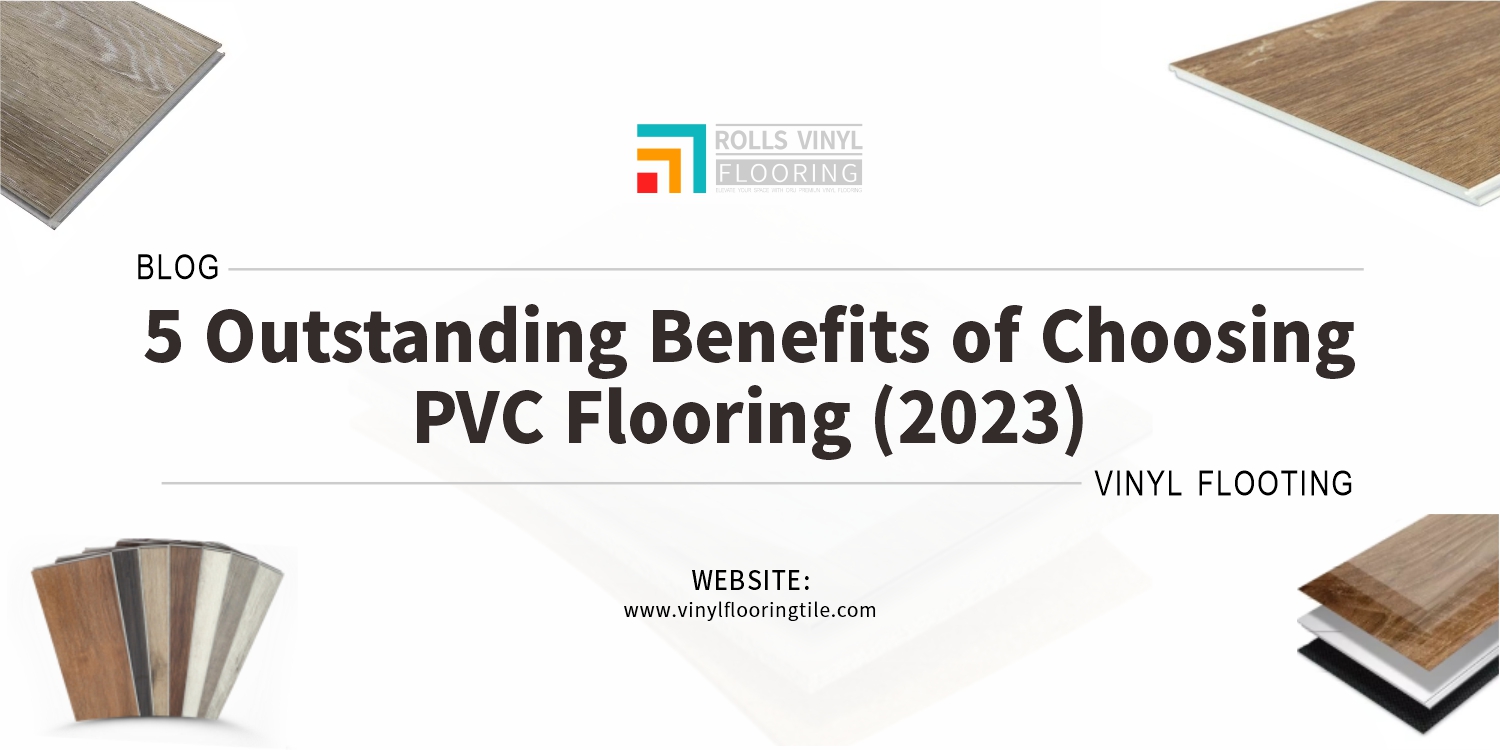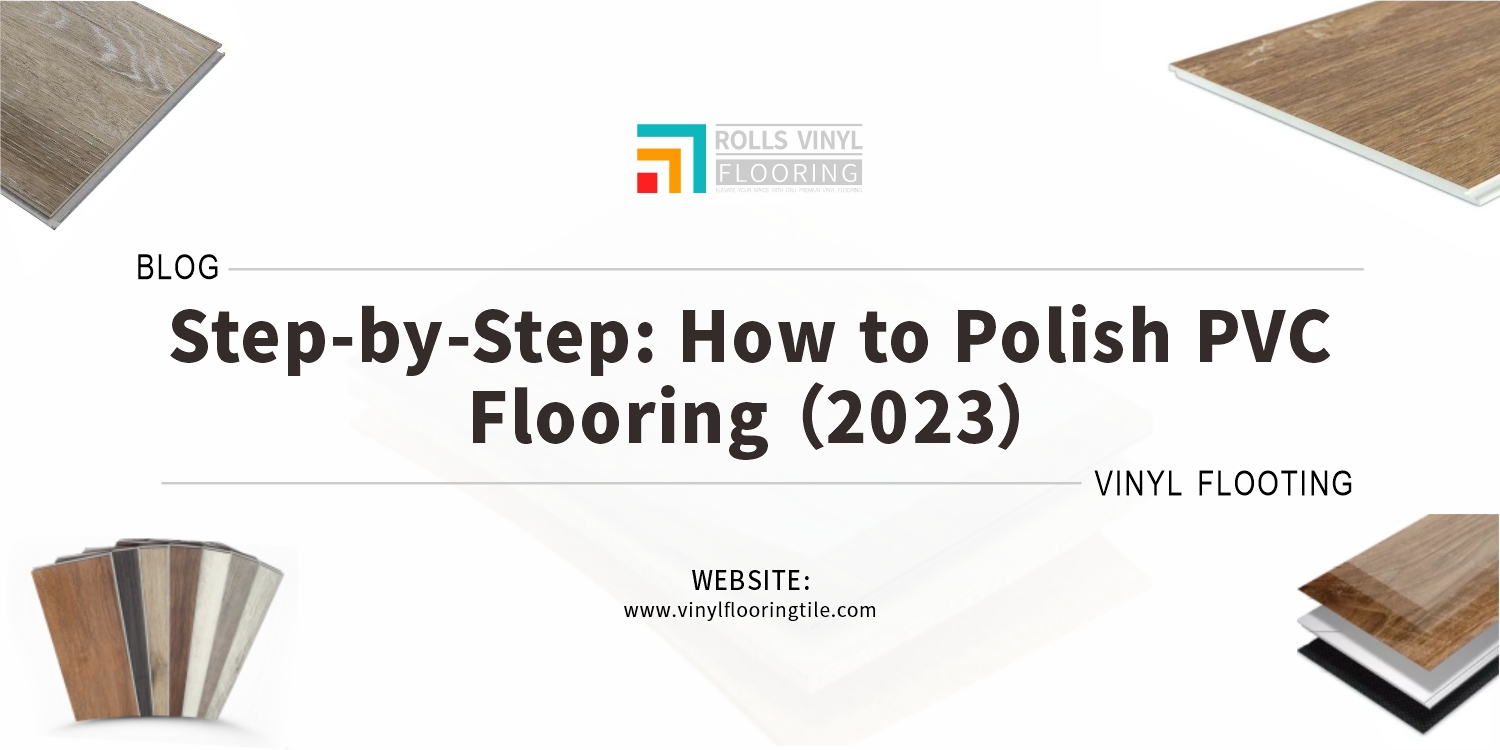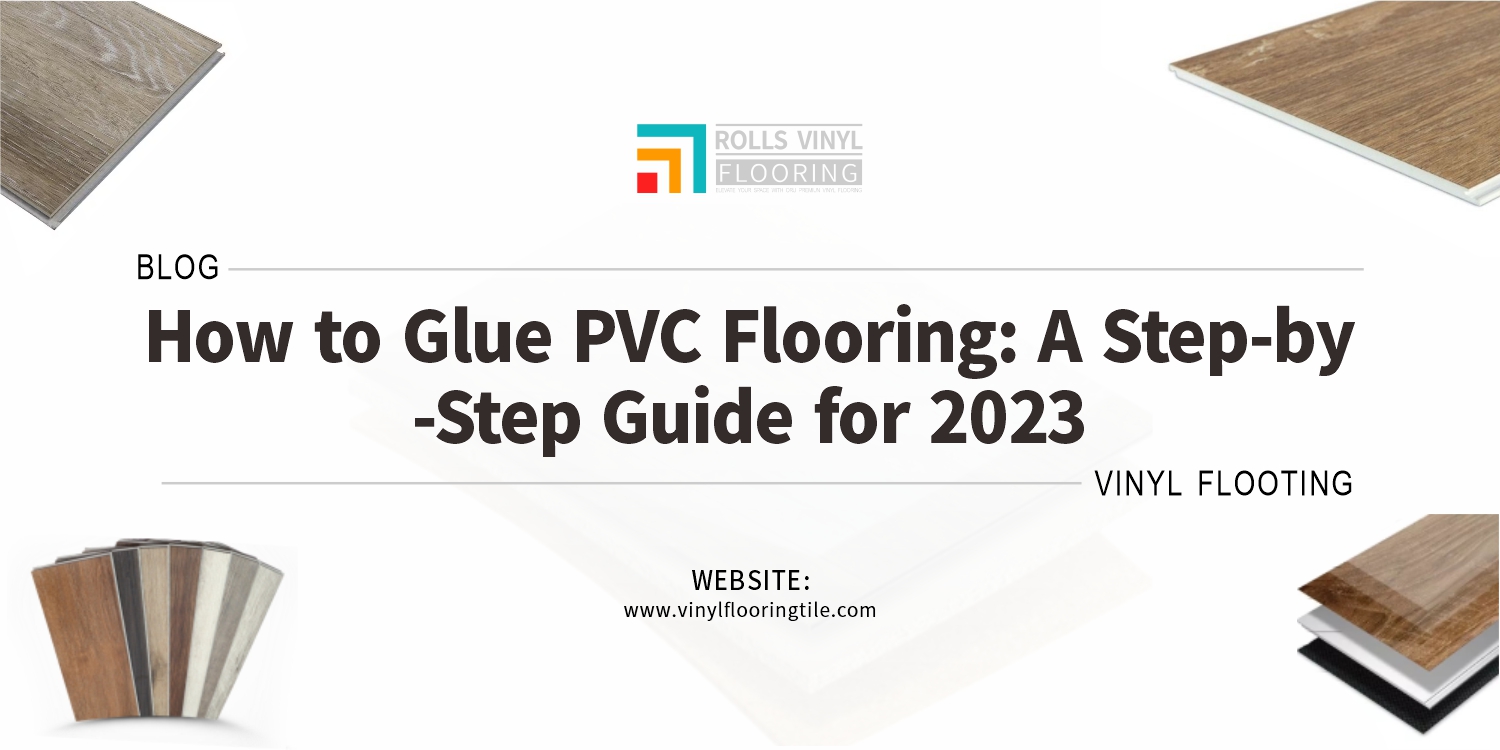Create a unique outdoor living space with the durability and style of vinyl flooring! Durable and easy to maintain, vinyl flooring can enhance any outdoor living space, from patios and decks to poolside areas and more. Let’s explore the benefits of vinyl flooring and how it can transform your outdoor areas.
Vinyl flooring is an ideal choice for outdoor spaces because it is durable, affordable, and easy to maintain. It can withstand extreme weather conditions, is slip-resistant, and can be installed quickly. Vinyl flooring also comes in a variety of colors, textures, and patterns to match any style.
Know more about the benefits of using vinyl flooring in outdoor spaces including its durability, resistance, easy maintenance and cleaning, cost-effectiveness, versatility, and being an eco-friendly option.
1. Introduction

A. Explanation of Vinyl Flooring
Vinyl flooring is a type of synthetic flooring material made from PVC (polyvinyl chloride) resin and other additives, such as plasticizers, stabilizers, and pigments. It is a popular choice for flooring because of its durability, affordability, and easy maintenance.
Vinyl flooring comes in a variety of forms, including sheets, tiles, and planks. Sheet vinyl is available in large rolls and is typically installed in one piece, while vinyl tiles and planks are smaller and can be installed in a variety of patterns.
B. Benefits of Using Vinyl Flooring
Vinyl flooring has several benefits, including:
- Durability: Vinyl flooring is highly durable and can withstand heavy foot traffic, making it an ideal choice for high-traffic areas like hallways, kitchens, and bathrooms.
- Water resistance: Vinyl flooring is water-resistant, making it a good choice for areas that are prone to moisture or spills, such as bathrooms, kitchens, and laundry rooms.
- Easy maintenance: Vinyl flooring is easy to clean and maintain. Regular sweeping and mopping are typically all that is needed to keep it looking like new.
- Versatility: Vinyl flooring is available in a wide range of colors, patterns, and textures, allowing you to choose the perfect style to match your decor.
- Affordability: Vinyl flooring is generally less expensive than other flooring options like hardwood or tile, making it a cost-effective choice for homeowners on a budget.
- Easy installation: Vinyl flooring can be easily installed over a variety of surfaces, including concrete, wood, and existing vinyl or tile floors, making it a great option for DIY projects.
- Comfort: Vinyl flooring is soft underfoot and can provide a more comfortable walking surface than hard flooring materials like tile or concrete.
C. Outdoor Spaces and Vinyl Flooring
Vinyl flooring is not typically recommended for outdoor spaces because it is not designed to withstand prolonged exposure to sunlight, extreme temperatures, and moisture. Exposure to these elements can cause the vinyl to fade, warp, or crack, leading to a shortened lifespan and potential safety hazards.
However, some types of vinyl flooring are designed specifically for outdoor use. These products are typically made with higher-quality materials and advanced technology to withstand the elements and provide a more durable and long-lasting solution for outdoor flooring.
Some examples of vinyl flooring suitable for outdoor use include vinyl tiles or planks designed for use on decks, patios, and balconies, as well as vinyl sheet flooring designed for outdoor areas like sunrooms or screened porches.
If you are considering using vinyl flooring in an outdoor space, it is essential to choose a product that is specifically designed for outdoor use and follow the manufacturer’s installation and maintenance guidelines carefully. Additionally, it is important to regularly inspect and maintain the flooring to ensure that it remains in good condition and is safe for use.
2. Durability and Resistance
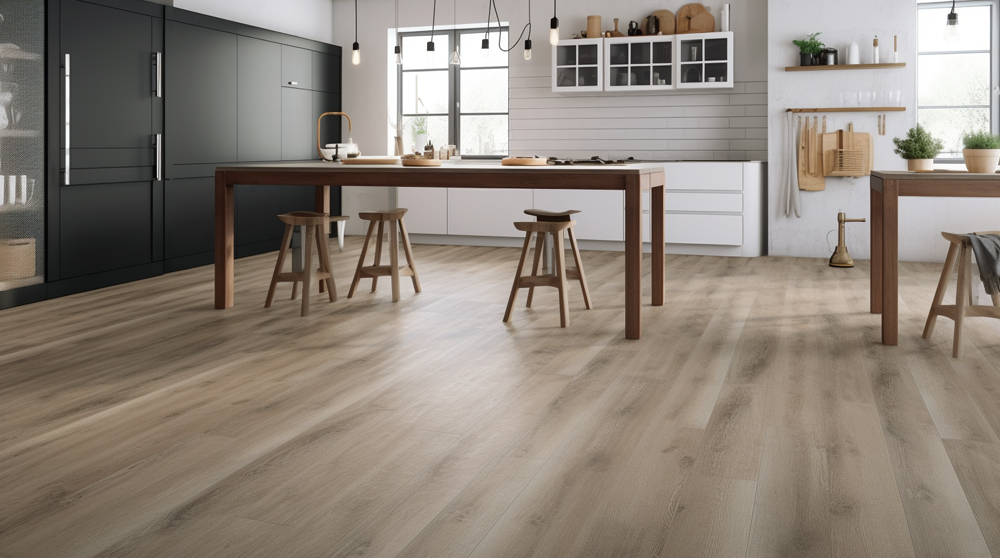
A. Durability of Vinyl Flooring
One of the factors that contribute to vinyl flooring’s durability is its construction. Vinyl flooring is made from layers of PVC (polyvinyl chloride) resin and other additives, such as plasticizers, stabilizers, and pigments.
The top layer, or wear layer, is typically a tough, clear, and protective layer that provides resistance to scratches, scuffs, and stains. The durability of vinyl flooring can vary depending on the quality of the product, the thickness of the wear layer, and the amount of foot traffic and wear it experiences.
B. Resistance to Wear and Tear
The wear layer on vinyl flooring is designed to protect the flooring from daily wear and tear, as well as UV rays, moisture, and chemicals. The thickness of the wear layer on vinyl flooring can vary depending on the quality of the product, with thicker wear layers providing greater resistance to wear and tear.
For example, a commercial-grade vinyl flooring product may have a wear layer of up to 30 mils (0.03 inches), while a residential-grade product may have a wear layer of 6 to 12 mils. One of the advantages of vinyl flooring is that it is resistant to scratches and scuffs, which can be caused by furniture, pets, or high heels. The wear layer on vinyl flooring helps to protect the flooring from these types of damage, making it more durable and long-lasting.
C. Resistance to Moisture and Weather Conditions
Vinyl flooring is generally resistant to moisture, which makes it an ideal choice for areas that are prone to spills or moisture. This resistance is due to the material’s synthetic construction, which is made up of layers of PVC (polyvinyl chloride) resin and other additives that create a moisture-resistant barrier.
Vinyl flooring is also resistant to weather conditions, including temperature changes and humidity levels. It is designed to withstand changes in temperature without warping or cracking, making it a popular choice for areas that experience extreme temperature fluctuations, such as sunrooms or enclosed porches.
3. Easy Maintenance and Cleaning
A. Cleaning and Maintenance of Vinyl Flooring
Cleaning and maintaining vinyl flooring is generally easy. Here are some tips to help keep your vinyl flooring looking clean and new:
- Sweep or vacuum regularly: Use a soft-bristled broom or a vacuum cleaner with a hard-floor setting to remove dirt, dust, and debris from your vinyl flooring. Avoid using abrasive brushes or vacuums with beater bars, which can scratch the surface.
- Mop regularly: Use a damp mop or a specialized vinyl floor cleaner to clean your vinyl flooring. Avoid using abrasive cleaning solutions, as they can damage the flooring.
- Clean up spills promptly: Wipe up spills and stains as soon as possible to prevent them from setting into the flooring. Use a damp cloth or mop to clean up spills and stains.
- Avoid harsh chemicals: Avoid using harsh chemicals, such as bleach or ammonia, to clean your vinyl flooring. These chemicals can damage the flooring and cause discoloration.
- Protect the flooring: Use furniture pads and area rugs to protect your vinyl flooring from scratches and scuffs caused by furniture and foot traffic.
- Avoid excessive moisture: Avoid using excessive amounts of water when cleaning your vinyl flooring, as this can damage the flooring and cause it to warp or buckle.
By following these tips, you can help keep your vinyl flooring looking clean and new for years to come.
B. Stain and Dirt Resistance
Vinyl flooring is generally resistant to stains and dirt due to its synthetic construction and protective wear layer. The wear layer on vinyl flooring provides a barrier against spills, stains, and dirt, making it easy to clean and maintain.
C. Easy Replacement of Damaged Pieces
One of the advantages of vinyl flooring is that it is relatively easy to replace damaged pieces. This is because vinyl flooring is typically installed as individual planks or tiles, rather than as one continuous sheet. If a vinyl plank or tile is damaged, it can be easily removed and replaced without having to replace the entire floor.
4. Cost-Effective and Versatile
A. Cost-Effective Option
Vinyl flooring is generally considered to be a cost-effective flooring option when compared to other types of flooring such as hardwood, stone, or ceramic tile. The cost of vinyl flooring can vary depending on the quality and thickness of the material, as well as the installation method and any additional features, such as underlayment or padding.
While the cost can vary depending on the quality and installation method, vinyl flooring is generally considered to be a more affordable flooring option compared to other types of flooring.
B. Versatility in Design and Style
Vinyl flooring is a versatile flooring option that comes in a wide range of designs and styles, making it easy to find a vinyl floor that complements any decor. It can mimic the look of natural materials like wood, stone, and ceramic tile, but without the high cost and maintenance requirements.
Additionally, vinyl flooring comes in a range of colors and patterns, so homeowners can choose a look that complements their design aesthetic. Some types of vinyl flooring can be customized with patterns, logos, and other designs, making it a great option for commercial spaces or homeowners who want a unique look.
C. Easy Installation
Vinyl flooring can often be installed using basic tools that many homeowners already have, such as a utility knife, measuring tape, and a straight edge. It can be installed as individual planks or tiles, or as a sheet that covers an entire room. This gives homeowners the flexibility to choose the installation method that best fits their needs and design goals.
Many manufacturers provide easy-to-follow installation instructions for their vinyl flooring products, which can help homeowners complete the installation process quickly and efficiently. It can be installed using either a glue-down or a peel-and-stick adhesive, which can make the installation process even easier for homeowners.

5. Eco-Friendly Option
A. Eco-Friendly Materials
Vinyl flooring has historically been criticized for being an environmentally unfriendly option due to its manufacturing process and potential for off-gassing. However, advancements in technology and increasing consumer demand for eco-friendly products have led to the development of more sustainable and environmentally-friendly vinyl flooring options. Here are some eco-friendly materials used in vinyl flooring:
- Recycled content: Some vinyl flooring products incorporate recycled content, such as recycled PVC or other materials, into their manufacturing process. This can help reduce the amount of waste sent to landfills and conserve natural resources.
- Bio-based materials: Some vinyl flooring products incorporate bio-based materials, such as linseed oil, instead of petrochemicals, into their manufacturing process. This can help reduce the environmental impact of the manufacturing process.
- Low-VOC emissions: Many vinyl flooring products are designed to have low volatile organic compound (VOC) emissions, which can help reduce indoor air pollution and potential health risks.
- Phthalate-free: Some vinyl flooring products are phthalate-free, which can help reduce the environmental impact of the manufacturing process and potential health risks associated with phthalates.
- Recyclable: Some vinyl flooring products are designed to be recyclable at the end of their life, reducing the amount of waste sent to landfills.
B. Recycling and Reusability
The recyclability and reusability of vinyl flooring can vary depending on some factors. When considering the sustainability of vinyl flooring, homeowners can look for products that are designed to be easily removable and reusable, have recycling programs available, or are made with recycled content to help minimize their impact on the environment. Additionally, repurposing vinyl flooring that is still in good condition can help reduce waste and extend its useful life.
C. Environmentally Safe Disposal
Disposing of vinyl flooring in an environmentally safe manner is important to reduce the impact on the environment and human health. Here are some options for disposing of vinyl flooring in an environmentally safe way:
- Recycling: Some vinyl flooring manufacturers offer recycling programs for their products, allowing homeowners to send back old vinyl flooring for recycling at the end of its life. Contact the manufacturer or check their website to see if they offer a recycling program.
- Landfill disposal: If recycling is not an option, disposing of vinyl flooring in a landfill is a common method. However, it’s important to dispose of it in a proper landfill facility that complies with environmental regulations and has a liner to prevent the release of chemicals.
- Incineration: Incinerating vinyl flooring is not recommended due to the release of harmful chemicals during the burning process.
- Donation or reuse: Vinyl flooring that is still in good condition can be donated or repurposed for use in other applications, such as in craft projects or as wall coverings.
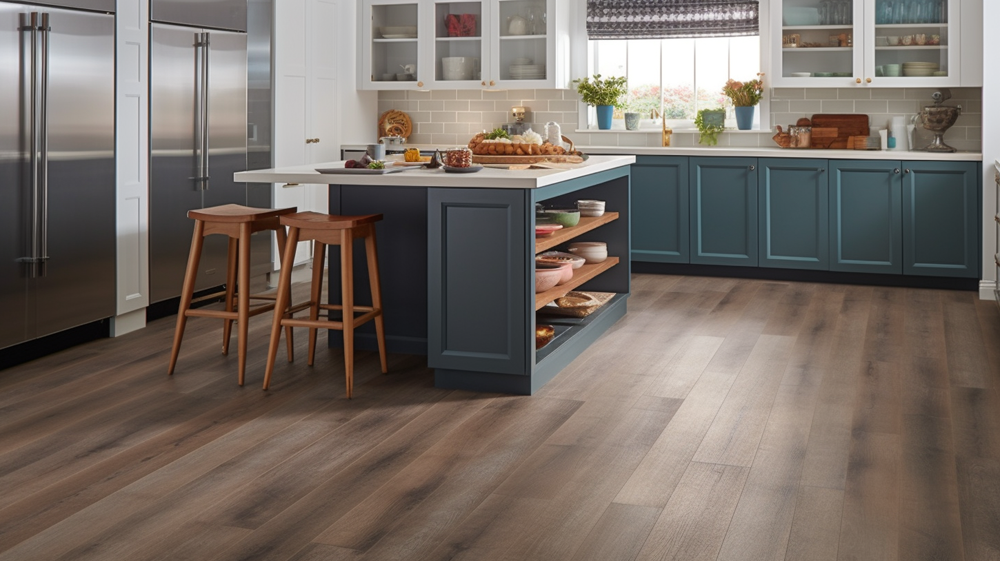
Vinyl flooring is a durable, versatile, and affordable option for enhancing outdoor spaces. Its unique qualities make it a great choice for those looking to upgrade their outdoor areas. With its low maintenance and resistance to water, dirt, and other outdoor elements, vinyl flooring can provide a beautiful and long-lasting addition to any outdoor space.


